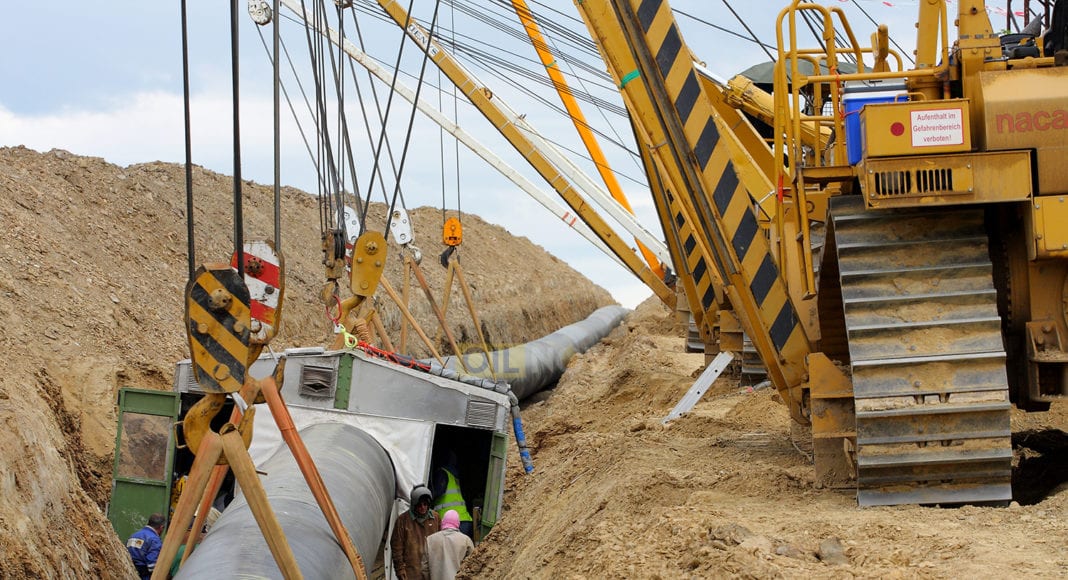The estimated US$600 million to US$800 million cost to run a gas pipeline from the Liza field to shore in Guyana will not make much of a difference to the overall economics of the Stabroek Block. So says former Trinidad and Tobago (T&T) Minister of Energy and Energy Affairs, Kevin Ramnarine, speaking on a Gas to Power Webinar hosted by OilNOW on Sunday.
“What really makes the economics work is that you have to take the project, this gas to power project, as part of the wider economics of the Stabroek Block,” Ramnarine said. “So, in the Stabroek Block Production Sharing Agreement there is a provision for cost recovery and as a feature of cost recovery there is what the economists call the “cost pool”, which is where all the costs associated with exploration, development, Liza 1, Liza 2, building the FPSO and so on… All of that cost goes into what is called the cost pool and that cost is recovered against revenue as revenue is generated over time.”
Ramnarine said higher oil prices mean that the cost pool will be recovered faster since the revenues will be up.
“So, oil is now about 61 to 62 US dollars per barrel [US$64 as at March 29] so that is a good thing because you want to get the cost pool down,” he stated. “However, the cost of the pipeline and the cost of the facilities on land to receive the gas as a percentage of the monies which are in the cost pool is probably going to be very small.”
He pointed out that given the sum of money which is in the cost pool, the pipeline cost will be in single digits as a percentage of that amount.
“So, let’s assume that the cost pool has 10 billion US dollars. Putting an additional 600 to 800 million US dollars is less than 10%,” the former Energy Minister pointed out. “So, I mean, you are looking at an increase in that cost pool that is in the single digit percentage. So, it is not really going to make much of a difference to the overall economics of the Stabroek Block because we’re talking about massive numbers here for the overall Block in terms of revenue and in terms of cost recovery.”
Gas pipeline will bring major economic, environmental and social benefits to Guyana – Ramnarine
Secondly, he pointed out that there is no cost associated with the exploration and production of gas, since it is really a by-product of the multi-billion-barrel oil resources discovered to date, the cost of which is already in the ‘cost pool’.
“I don’t want to use the term “free” because nothing in life is really free – but there is really no cost associated with producing that gas because the gas just happens to be a by-product of the oil,” he stated. “It’s like bagasse when you’re in the process of making sugar. The bagasse just happens to be a by-product of the sugar manufacturing process which could then be used for value added industries.”
Explaining further, he said, “So the only cost really to this project is the cost of the pipeline, of laying the pipeline and the cost of the receiving infrastructure on land.”
On land, he said there is something called a ‘slug catcher’ which may be needed as part of the facilities for receiving the gas. “The purpose of the slug catcher is to sort of smoothen out the flow of gas as the gas approaches the shoreline because the gas could be coming in what is called the two-phase flow which is where you have slugs of liquid and gas.” he said. “So then the more important facility would be the facility which is to condition the gas or to fractionate the gas into methane and ethane and propane and so on.”
The Guyana government has identified Wales on the West Bank of Demerara as the likely location for where the pipeline will terminate, and at which point facilities will be built to process the gas, for power generation and other applications.



